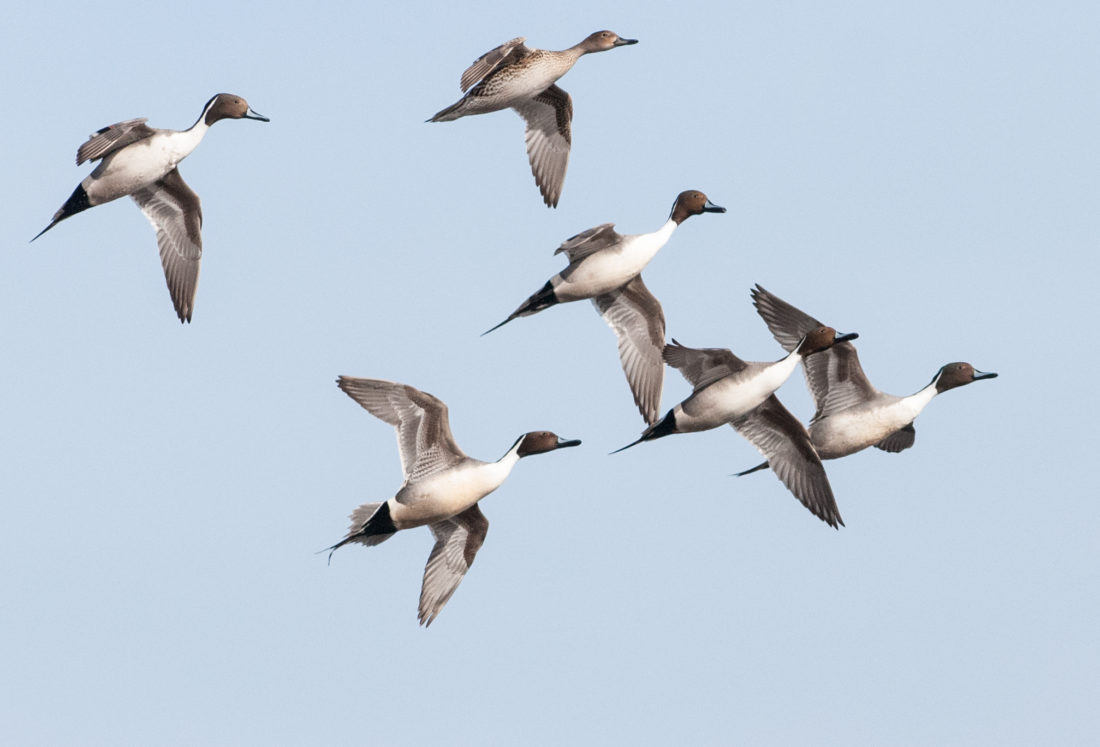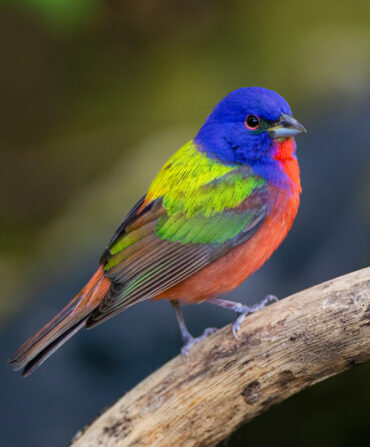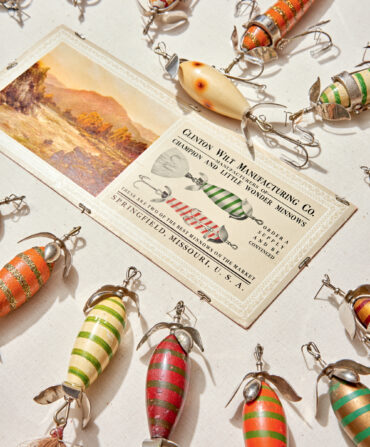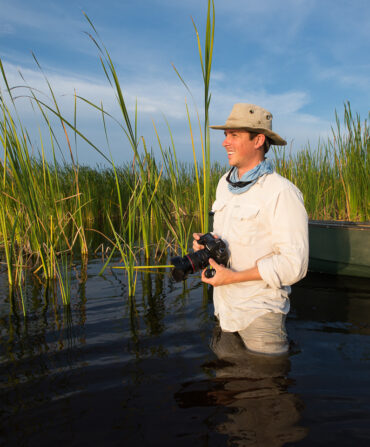When the U.S. Fish and Wildlife Service (FWS) released its Waterfowl Breeding Population and Habitat Survey in August, it was the first time in two years that hard data on North American duck numbers had been available. Run collaboratively by the FWS and the Canadian Wildlife Service, the BPOP, as it’s known, is the world’s largest and longest-running waterfowl monitoring survey. It began in 1947 but was canceled in 2020 and 2021 due to the pandemic. Duck and goose hunters and other waterfowl enthusiasts pore over the details of the reports, hoping to cipher what the figures might mean for the upcoming season.
Conducted in May and June, the endeavor involves nearly a dozen air and additional ground crews that survey a two-million-acre area, from Alaska to Newfoundland and south across the prairie pothole region. Flying at an average of 150 feet above ground, biologists in the planes try to count every single duck, coot, swan, and Canada goose within 400-meter-wide transects, and every single body of water large enough to support a family of ducks, called the May Pond Count. Separate ground crews ground-truth a sample of the air transects to bolster the accuracy of the numbers.
This year’s numbers are a definite mixed bag for Southern waterfowlers. The overall population of waterfowl in the traditional survey areas—essentially the Great Lakes west, including both the U.S. and Canada—was estimated at 34.2 million breeding ducks. That’s 12 percent lower than the 2019 numbers and 4 percent below the long-term average since 1955. In the Eastern survey area, covering eastern Canada and the northeastern U.S., six common species are counted. There, the numbers were better. All but ring-necked ducks posted gains from 2019. In what’s become a bit of a Garden & Gun tradition, I dialed up Jerry Holden, director of operations for Ducks Unlimited’s thirteen-state Southern region, and we picked apart the details.
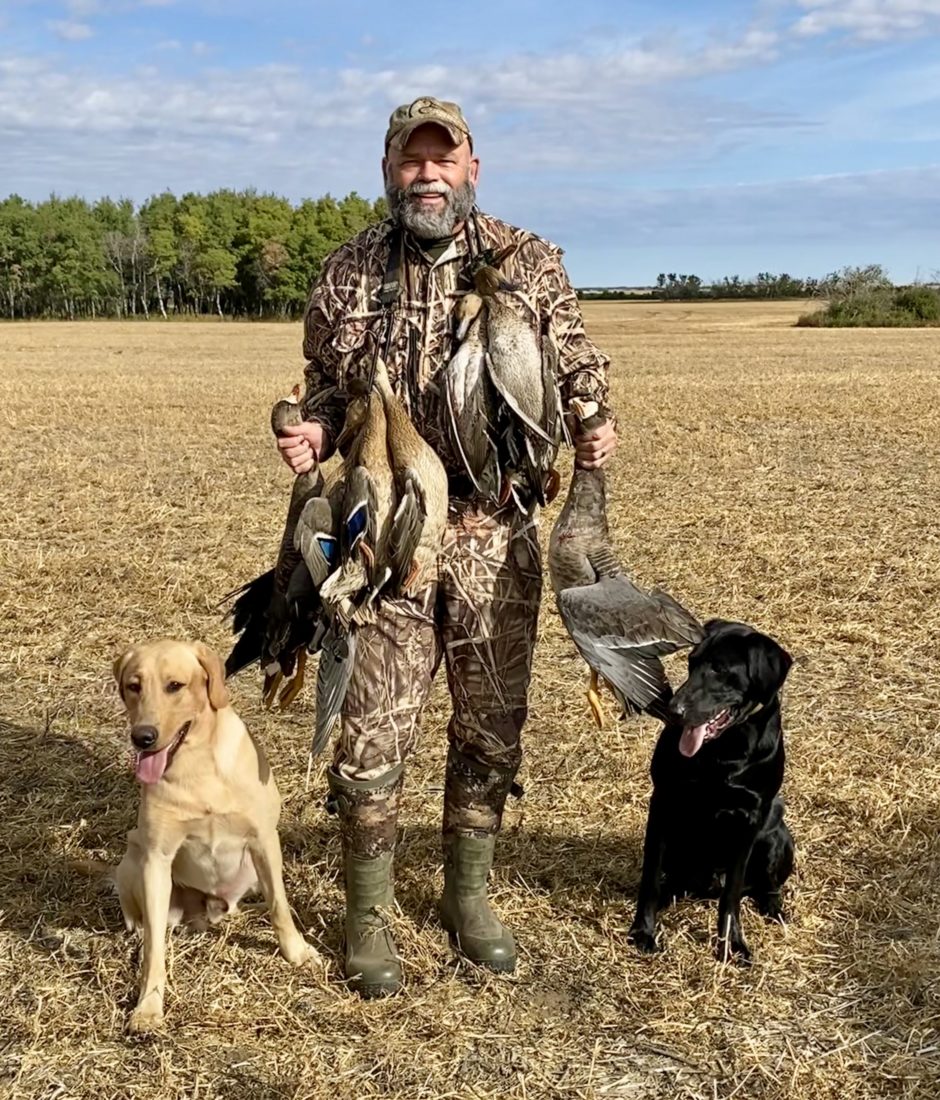
Some species took a significant tumble. Pintails are way down, falling 21 percent from 2019 numbers, and are down more than half from their long-term average. Why such a range in the differences between duck species?
This particular year, the May Pond Count was pretty good. But it’s never as simple as the bare facts of a single metric. That water came late in the season, and some species can take advantage of late water better than others. Mallards are very resilient. If a mallard hen loses her nest, she’ll try to renest three or four times if she has to. The winners in that scenario of late water coming to the breeding areas are the species that renest. Pintails are terrible renesters. Teal are way up from 2019, and way over the long-term average, as well. Again, they are strong renesters.
But renesting persistence can’t be the only metric to look at. Some of what we’ve seen is that as the prairies turn dry and crunchy, many birds displace to other landscapes, like the boreal region, which are more reliably wet but lack grass. Some of the ducks whose numbers are solid are the ones who are better at nesting in areas that aren’t grass. Black ducks are up 9 percent over 2019. That’s a really good jump, given the sensitivity of that species. And wood ducks are up 5 percent over the long-term average. For a lot of us, woodies are a fairly significant portion of the bag, so that’s good news.
Let’s break it down by flyway. When you look at the stats for birds in the Mississippi Flyway, what comes to mind?
Some prairie nesting dabblers from traditional nesting areas—blue-winged teal, mallard, gadwall—were all down from 2019, but when you look at the data, it’s nothing as bad as the 1960s. These birds just came through a hellacious drought. I look at the numbers, and I don’t see doom.
We’ve been in an era of liberal limits and season lengths, and that makes people expect that we’re just going to have more and more ducks every year. But precipitation is wildly variable, and you can’t drought-proof that landscape. Our job is to set the table and give ducks the maximum opportunity to do their thing when the precipitation comes.
If there’s an obvious bright spot in this year’s survey, it’s the situation in the Atlantic Flyway. While most species still remain below their long-term averages, mallards, black ducks, green-winged teal, and goldeneye are well above the 2019 counts.
Eastern numbers are a little more cheery, for sure. Breeding in the eastern half of the breeding range wasn’t affected as badly as the severe drought that just smashed Alberta and Saskatchewan. So we didn’t see precipitous drops there.
Alright then, the big takeaway: The numbers don’t lie, but the truth they tell is sometimes nuanced. Packed into your blind bag this year is what—optimism or pessimism?
What the May and June numbers give you is a sense of production and recruitment into the population. It’s not the number of birds that will migrate south in the fall. That figure of 34.209 million breeding ducks just counts those birds that can make a new generation of ducks. It doesn’t include the number of young birds that are ready to fly by now.
We had two years of nasty drought on the prairie. The age distribution might skew younger this year, but that’s not all bad. A higher percentage of young birds makes you a better duck caller and makes your decoys work better. And with the May Pond numbers a bright spot, I think there’s a good reason to think we might have a better season than we’ve had over the last couple of years. I’m cautiously optimistic that satisfaction will be higher than last year, when we had an older, smarter population of birds, which makes the hunting tougher.
And in the spirit of telling the whole story, let’s not overlook that it was a banner year for fish ducks. Common, red-breasted, and hooded mergansers are up 19 percent over their long-term average.
Yeah, I don’t know any merganser hunters. But if you’re out there, this year could be the big one.
Follow T. Edward Nickens on Instagram @enickens.


